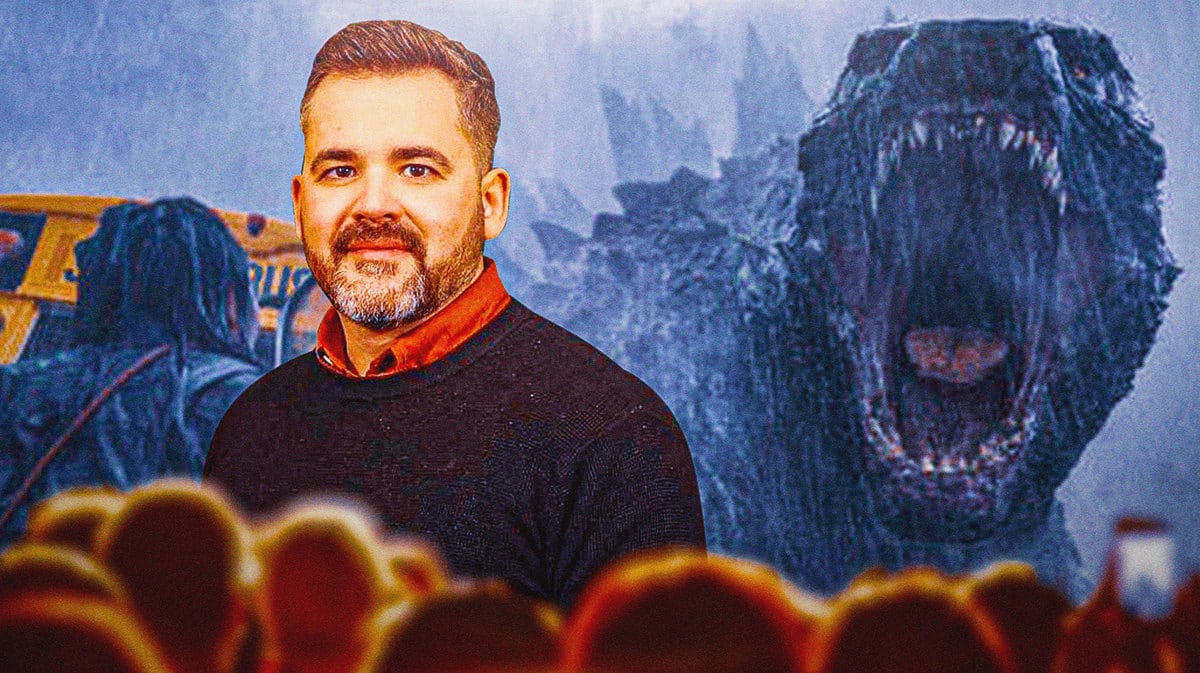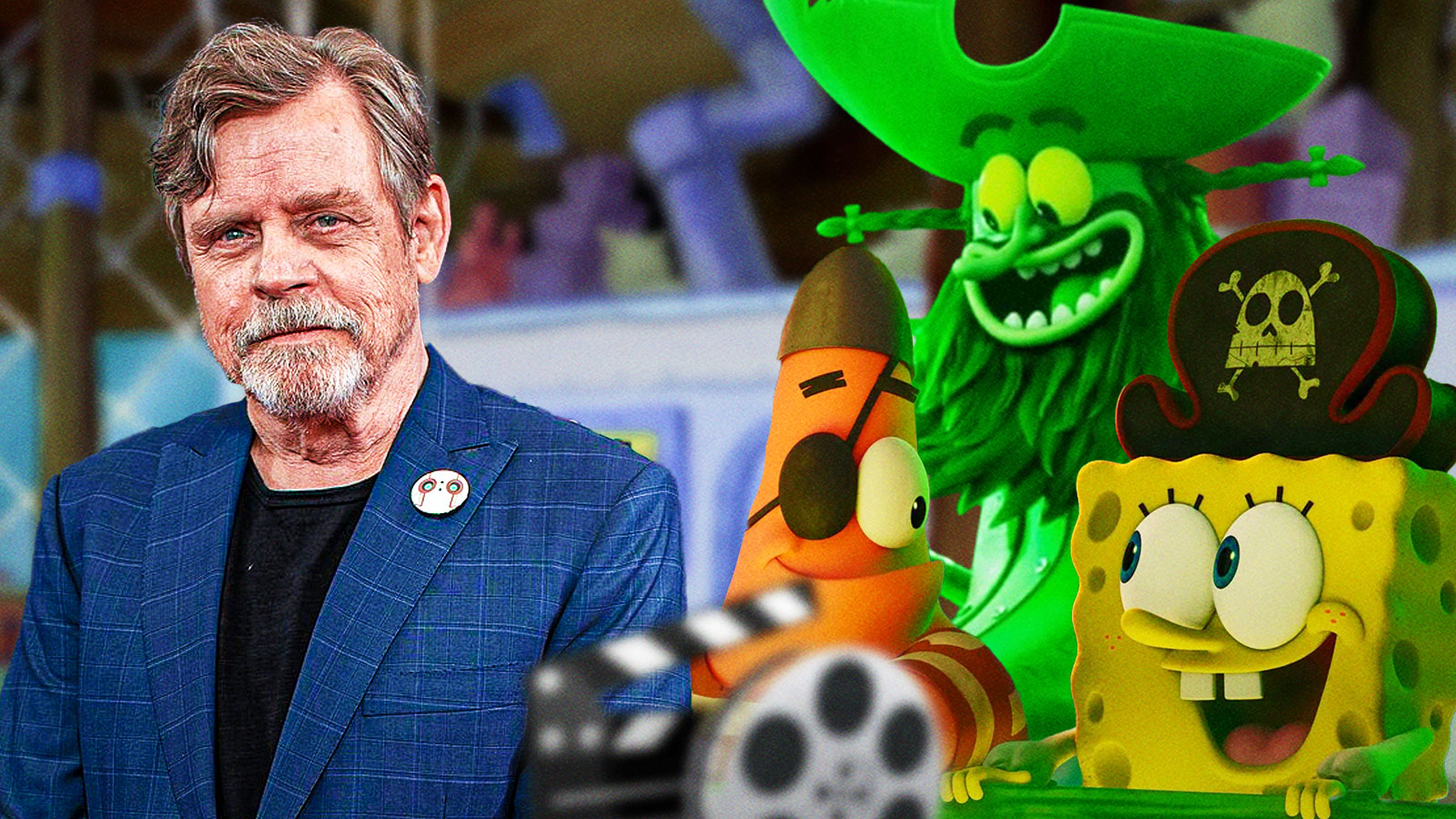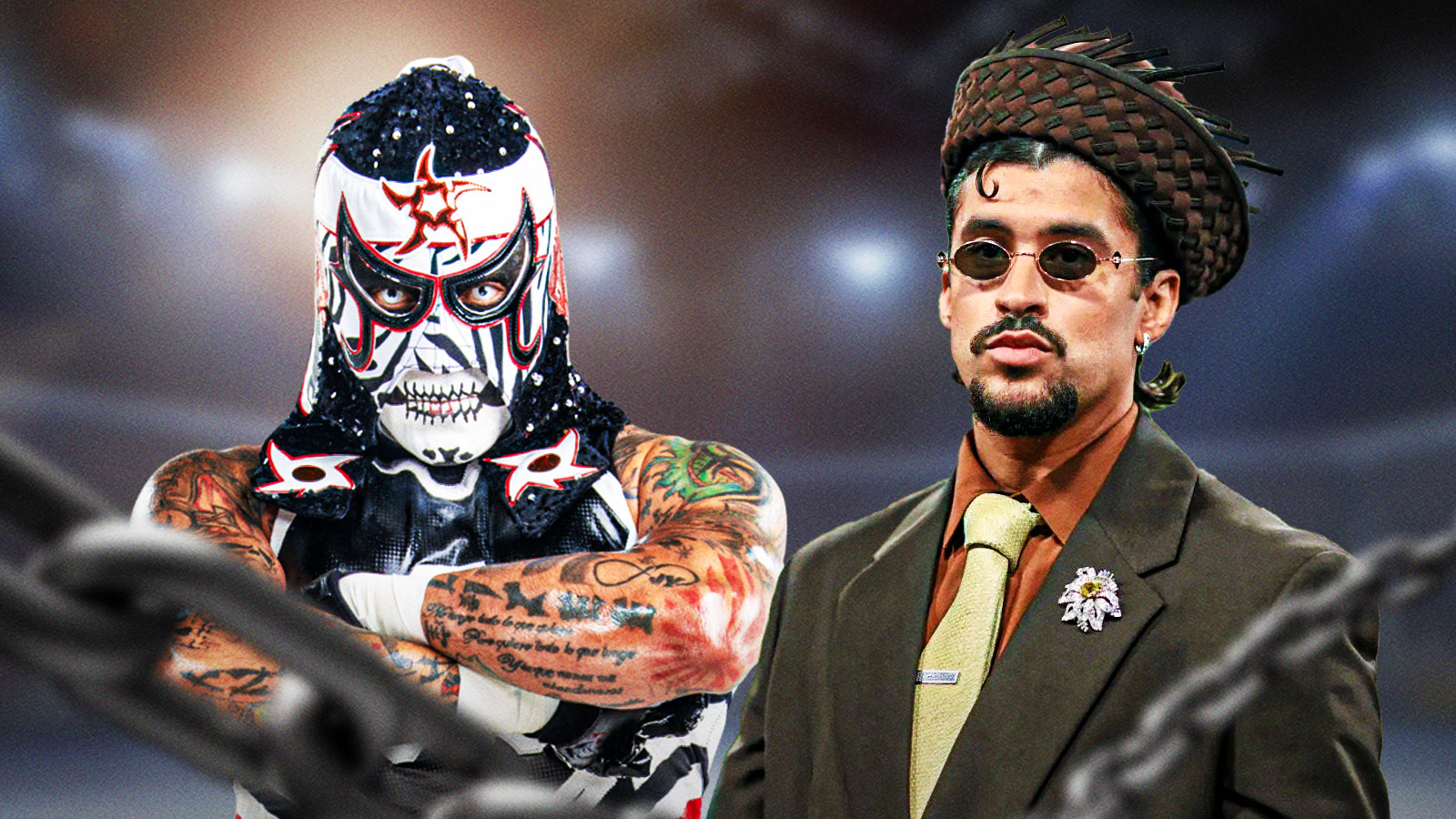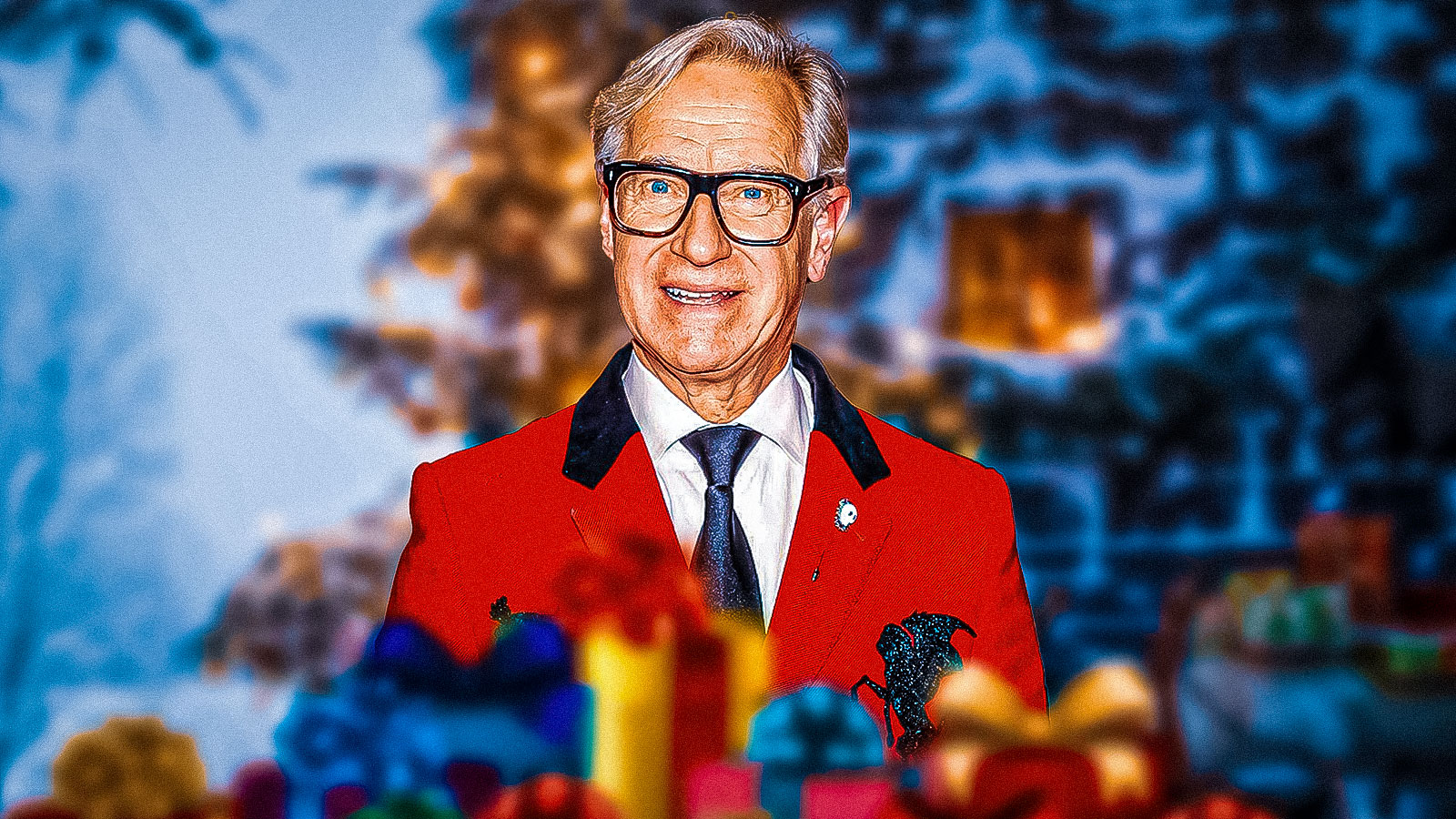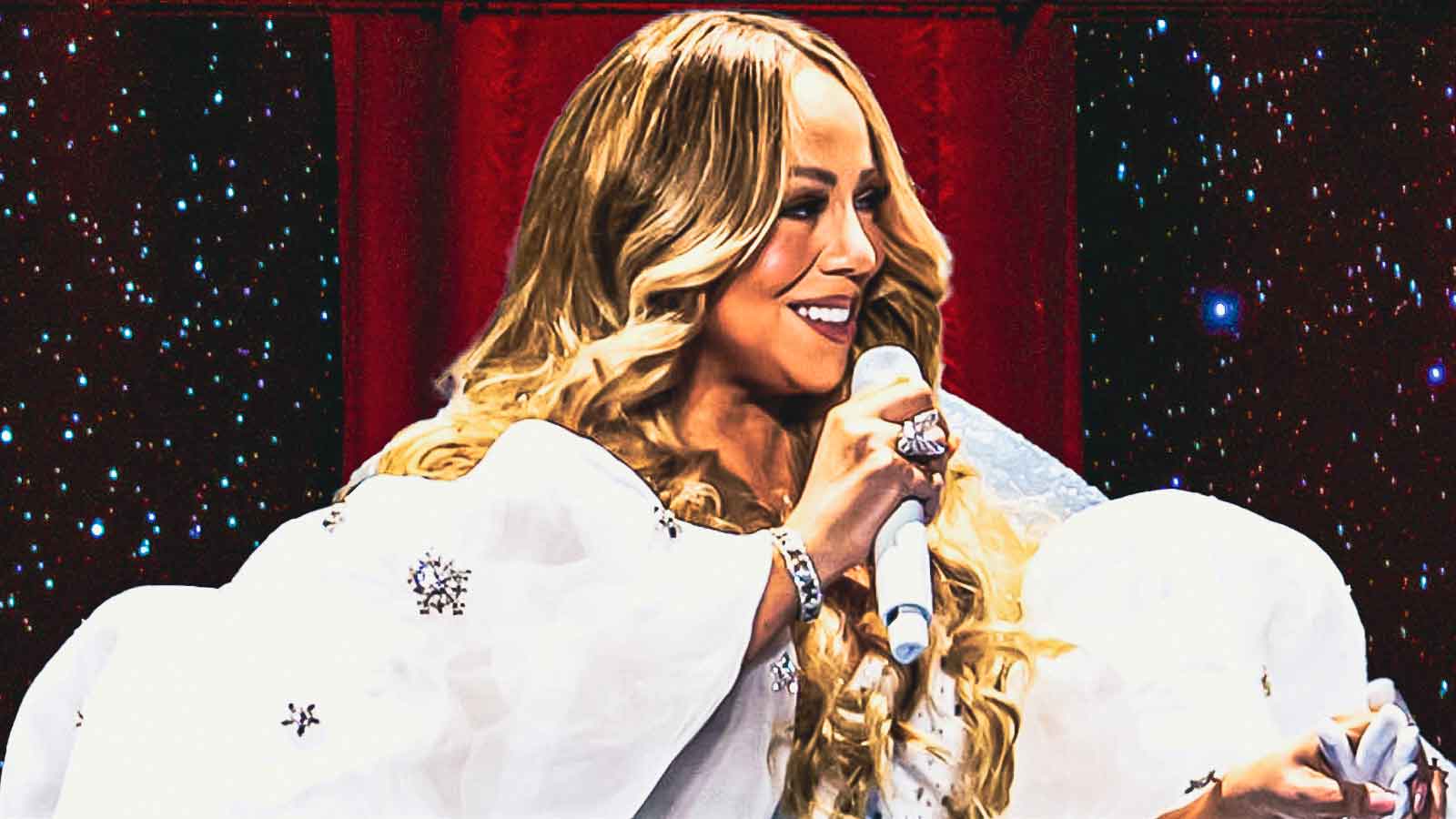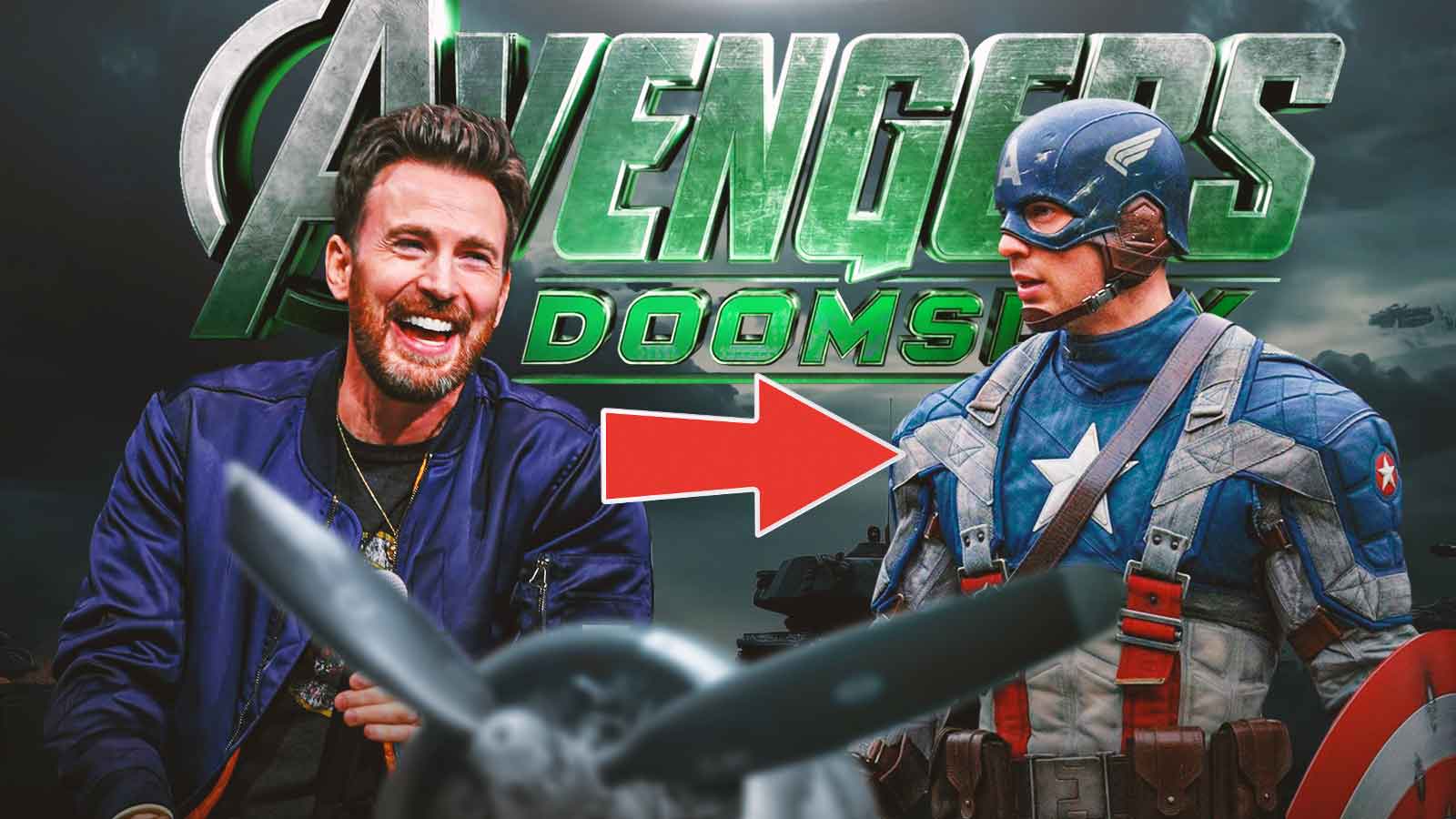Transitioning Godzilla in Monarch: Legacy of Monsters from the big screen to the small screen had to be hard.
Luckily, the Apple TV+ series had Sean Konrad. Back in 2014, Konrad worked in the VFX department of Gareth Edwards' film. As he puts it, he was “just an artist,” but he was an integral part of the film's success.
He would return for the sequel, Godzilla: King of the Monsters, as the VFX Supervisor and now assumes the same role on Monarch: Legacy of Monsters.
While the showrunners and producers were predominantly new to the MonsterVerse, Konrad was a constant that could be leaned on. Konrad can't name the specific number of fins on Godzilla as his producer suggested, but he can tell you the specific continuity touches they added to the Titan throughout the series.
During the Monarch: Legacy of Monsters press day, Konrad spoke to ClutchPoints about being the connective tissue between the MonsterVerse films and the series, the Gareth Edwards philosophy, and how working on MCU projects is similar to the new Apple TV+ Godzilla series.
Sean Konrad-Monarch: Legacy of Monsters interview
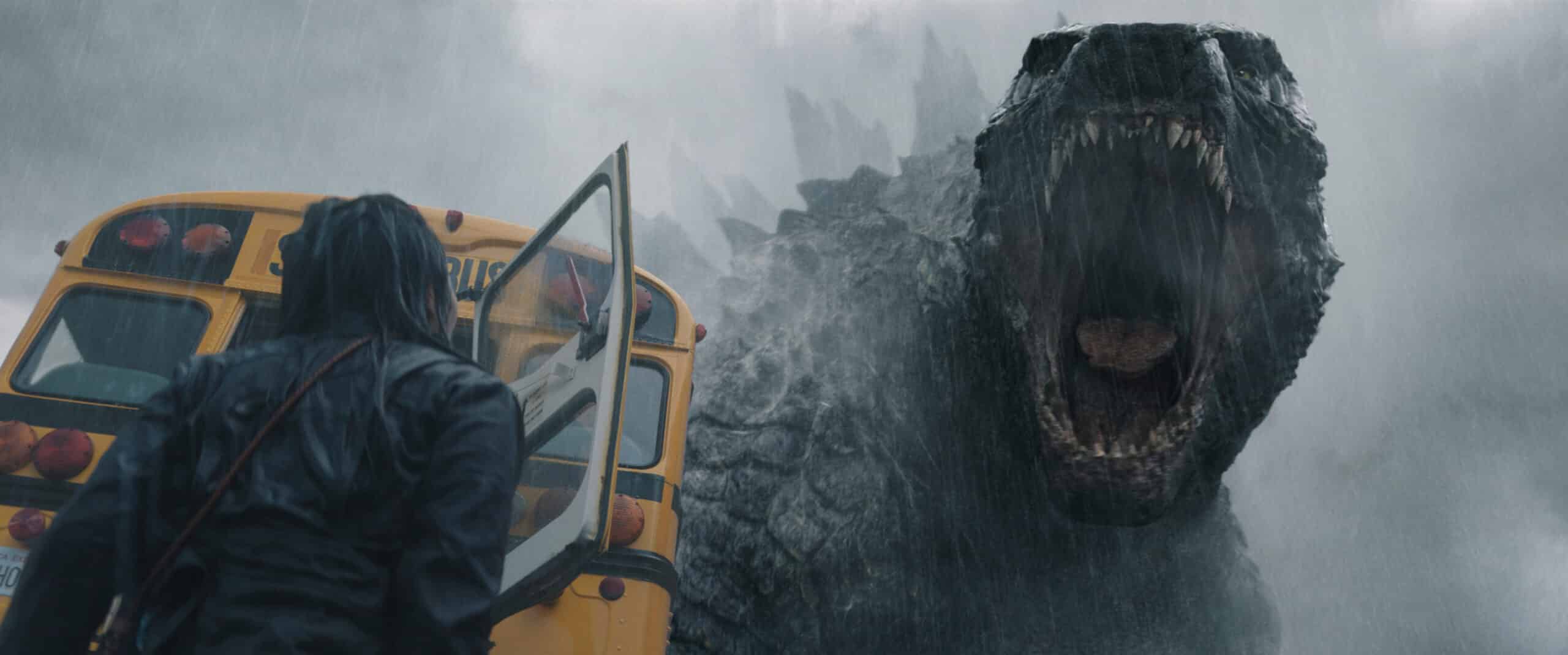
ClutchPoints: I was just talking to Tory Tunnell, Monarch's producer, and she referred me to you on this question. She said that you had to discuss how many fins are on Godzilla. Do you know the number that are on them?
Sean Konrad: Oh, the actual number? No. I could make it up, but it would be a lie [smiles].
I mean, the interesting thing in Godzilla, after the events of the 2014 film, there's a big battle. Godzilla gets damaged [and] beat up quite a bit, and he sort of lumbers back into the ocean and then off-screen between that film and the next one (Godzilla: King of the Monsters), his spines go through an evolutionary process.
It's basically like when a deer's antler gets cut off or something, it regrows in a different way. And so, that all happens off-screen, it's not explicitly in our show, but there's like the two different variations of his spines.
CP: Well, I know that you worked on the movies, as you just noted, and from what I saw, you were one of the few that actually transitioned to the Monarch show from that. Do you think that your knowledge and work on the other films helped make the transition from a big screen film onto the small screen easier?
SK: Yeah, 100%. I mean, a lot of the undergirding philosophies, like the way that we shot the scenes were definitely influenced [by Godzilla].
I was just an artist when I worked on Godzilla (2014). I worked on his atomic breath, and that was such a cool thing to work on, but what was really exciting coming back to it is a lot of the problems that we sort of encountered when we were working on those films [has] been solved.
We know how to make Godzilla look big. We know how to like shoot him [with] the Gareth Edwards philosophy of like “the monsters are too big to contain in the frame.” Like that was the way that Jess Hall, our DP in the first two episodes, sort of looked at the scenes and really did a great job of understanding that.
CP: You mentioned that Godzilla regenerates his fins and whatnot. Do you find yourself knowing all these random things, because you're paying such close attention to these monsters?
SK: Yeah, and I mean having worked on the films as well, you know what works and what doesn't work, right?
And so you're working on a shot on, at a studio, and you get a note back from Toho and it's like, “Oh, Godzilla can't do this because of X, Y, and Z,” And you're like, “Oh, cool.” [laughs]
Working with Toho is fantastic. They're great for collaborative partners. They really care about it and they have such a clear, smart vision. And there was a point where we wanted to do something from Godzilla's point of view, and he's like, “We've thought about it in the past, but we feel like Godzilla's point of view is unknowable,” [laughs] which is like such a cool, crazy thing.
CP: I know you've worked on a lot of different projects throughout your career — you've even done Marvel stuff — and I was curious, with Godzilla, there's so much attention to detail as there is with any project. But can you compare what it's like working on something like a Marvel project compared to Godzilla with these big monsters?
SK: It's all kind of similar. You have people who are really focused on making sure that the thing is the best it can be and represents the nature of the character to the big screen in an appropriate way.
One of the differences with Godzilla is just his scale, right? Like, he's so big. How do you make him look big? Because you might render something out, you might animate it and it might not look big. And so that's a really unique challenge to this series.
Monarch: Legacy of Monsters will premiere on November 17 on Apple TV+.

